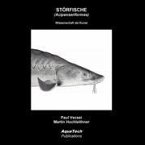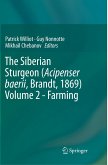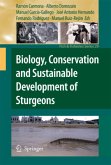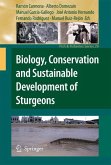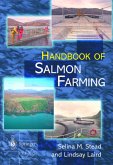The breeding and culture of sturgeons in captivity has advanced rapidly over the past several years. With recent developments, the requirements of the industry have changed, and the techniques used have also evolved and been adapted to meet these changing needs. Based on experience gained in the the former USSR, new technologies have been developed, and the background of sturgeon biology has been enlightened in many respects. This compendium is designed to close the information gap between scientists and practitioners. Its appeal will be far reaching since biologists, field technicians, hatchery operators and fish farmers, fisherman and fish enthusiasts, will all find a wealth of practical information relevant to their field of interest. The book has the style of a species synopsis coupled with everything anyone needs to know about the reproduction and culture of acipenserid fishes. It summarizes current knowledge on all sturgeon and paddlefish species worldwide and presents it as a practitioner-oriented working guide. It draws on the experience and research findings of the authors gained over more than two decades. This new, third edition has been updated, extended, and reviewed, and includes many new colour illustrations. It value will be timeless.




